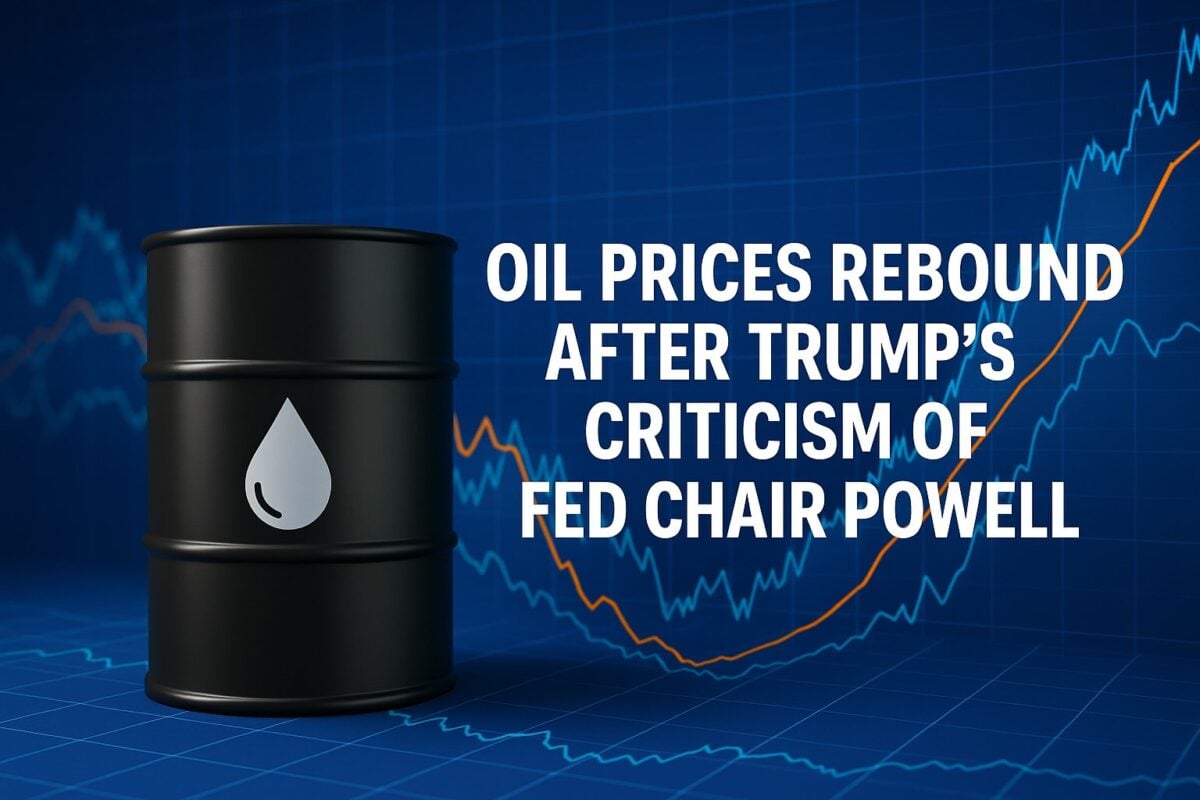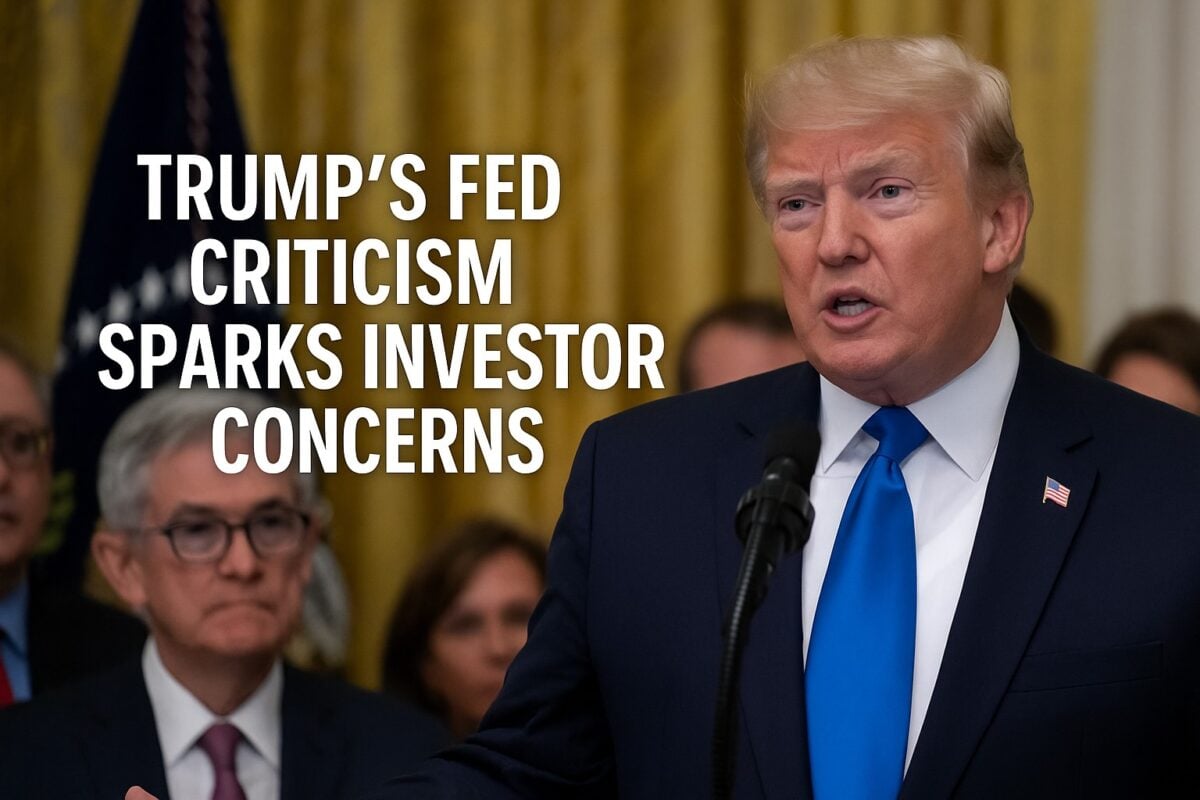
Why Is The Stock Market Down Today? Market Shifts Unraveled
US Stocks Continue Upward Trend
Back in the US, the S&P 500 went through a 0.5% rise on Friday, reaching an all-time high of 5,567.19 for the third consecutive day. The upward surge followed a brief pause for the Fourth of July holiday. The index has already set 34 records this year, reflecting a nearly 17% increase. The Dow Jones Industrial Average climbed by 0.2% to 39,375.87, and the Nasdaq composite added 0.9% to reach 18,352.76.
This week, the US CPI for June and Jerome Powell’s testimony as the Federal Reserve (Fed) chairman will be the two economic events and statistics that global markets will closely watch. Chair Powell’s hearing before the Senate Banking Committee is a significant development for Wall Street and international markets. Powell will respond to inquiries from the Committee regarding the state of the US economy and the corresponding monetary policy of the Fed during this session. Unexpected queries or responses may cause volatility in the market.
There will be a special emphasis on US CPI data, which will offer insights into the inflation trajectory of the nation. After declining 3.4% in April and 3.5% in March, the consumer price increased 3.3% annually in May. Given the retreating trend, there is a good chance that the Fed will begin reducing interest rates in September—the first since the pandemic in March 2020. Wall Street is probably going to rise if price pressure is further eased. The consensus predicts 3.1% annual price growth in June, indicating a quicker rate of inflation cooling.
Bond Market Movements
The bond market also saw significant activity, with Treasury yields dropping after the latest US jobs report. Although employers hired more workers than expected in June, the pace was slower than in May. Additionally, the unemployment rate ticked up unexpectedly, wage growth slowed, and the government revised earlier hiring figures downward.
This data reinforces the belief that the US economy is slowing down under the pressure of high interest rates. Investors see this as a positive sign, as it could help keep inflation in check and might prompt the Federal Reserve to reduce its main interest rate, currently at a two-decade high.
Looking Ahead: Economic Balancing Act
The key question is whether the economy can maintain a balanced state, not too hot or too cold, while the Federal Reserve carefully plans its next moves. Investors hope the Fed will lower interest rates early enough to prevent an economic downturn without reigniting inflation.
The latest jobs report suggests the Fed is on track to cut its main interest rate later this year, likely in September and possibly again in December. The two-year Treasury yield, which closely follows Fed expectations, dropped to 4.60% from 4.71%, while the 10-year Treasury yield fell to 4.27% from 4.36%, having been at 4.70% in April. This shift in the bond market is seen as supportive of stock prices.


